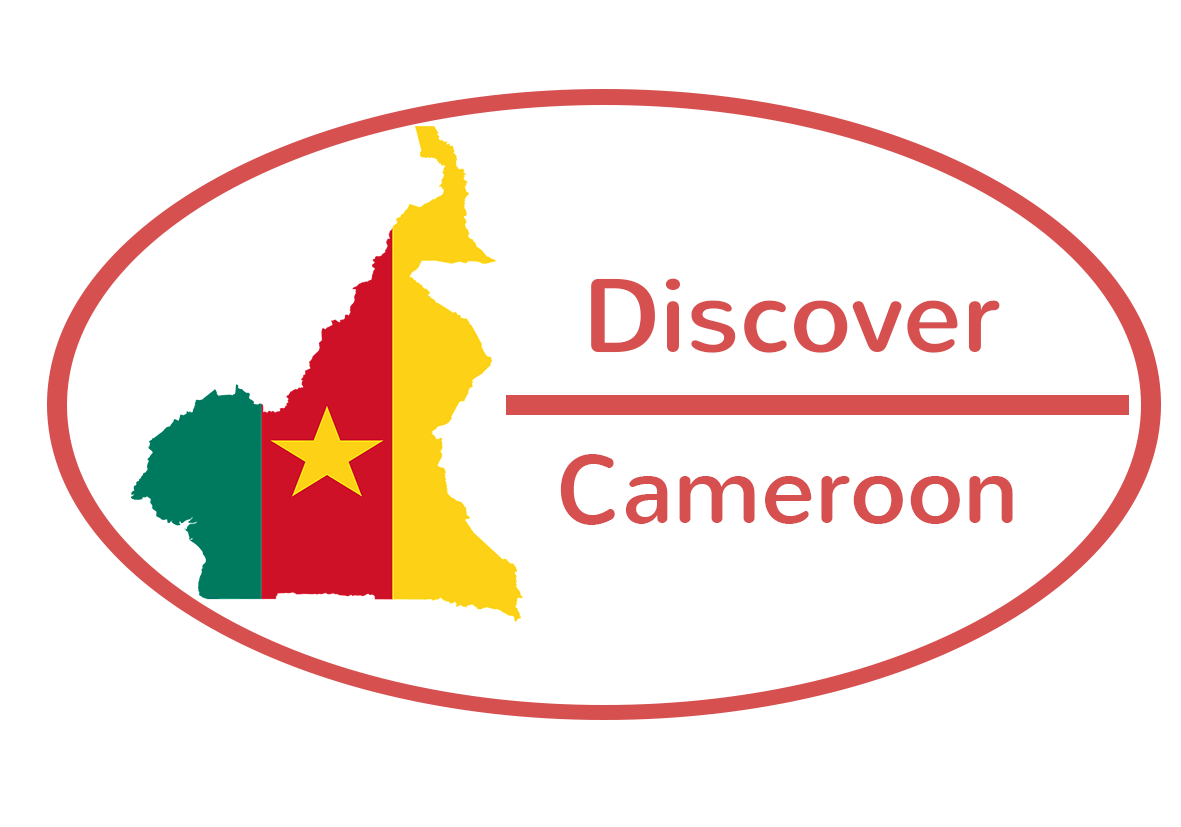Attractions of Bertoua and its surrounding areas

Bertoua is located in the Eastern region of Cameroon, especially in the district of Lom-et-Djerem and was created in 1927 by Gbayas Venus. It is about 350 km from Yaounde and its cover an area of 100 km². Bertoua has a subtropical climate with rainfall of about (1500 à 2000 mm / year) and constant temperatures throughout the year. The average temperature is around 24° C. The area is dominated by large trees, there are almost 1,500 plant species and more than 500 animal species and the region has many other attractions as well as ecotourism, hunting, trekking, photo safaris and much more.
The Baka pygmy encampment
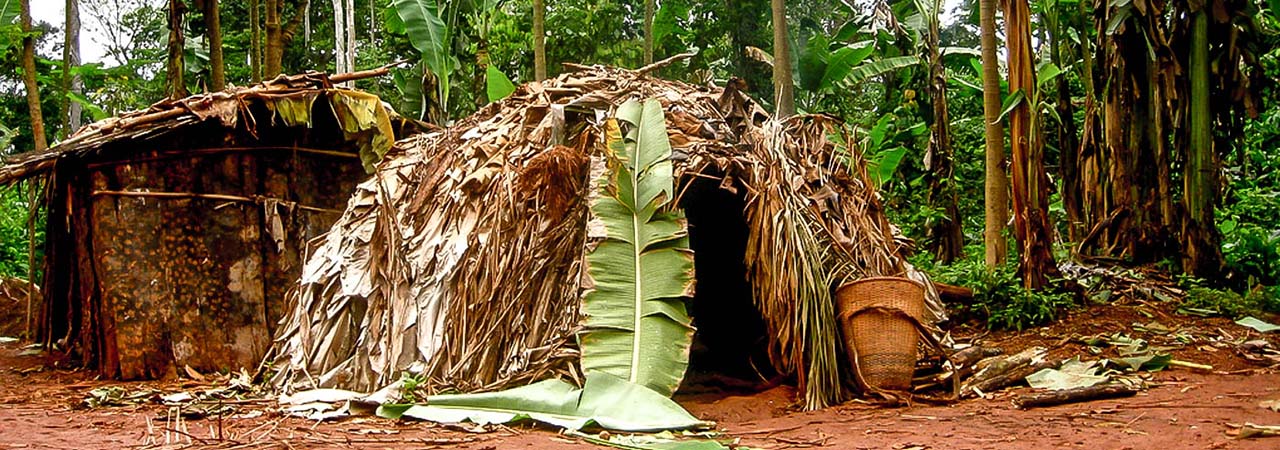
The Dja Wildlife Reserve
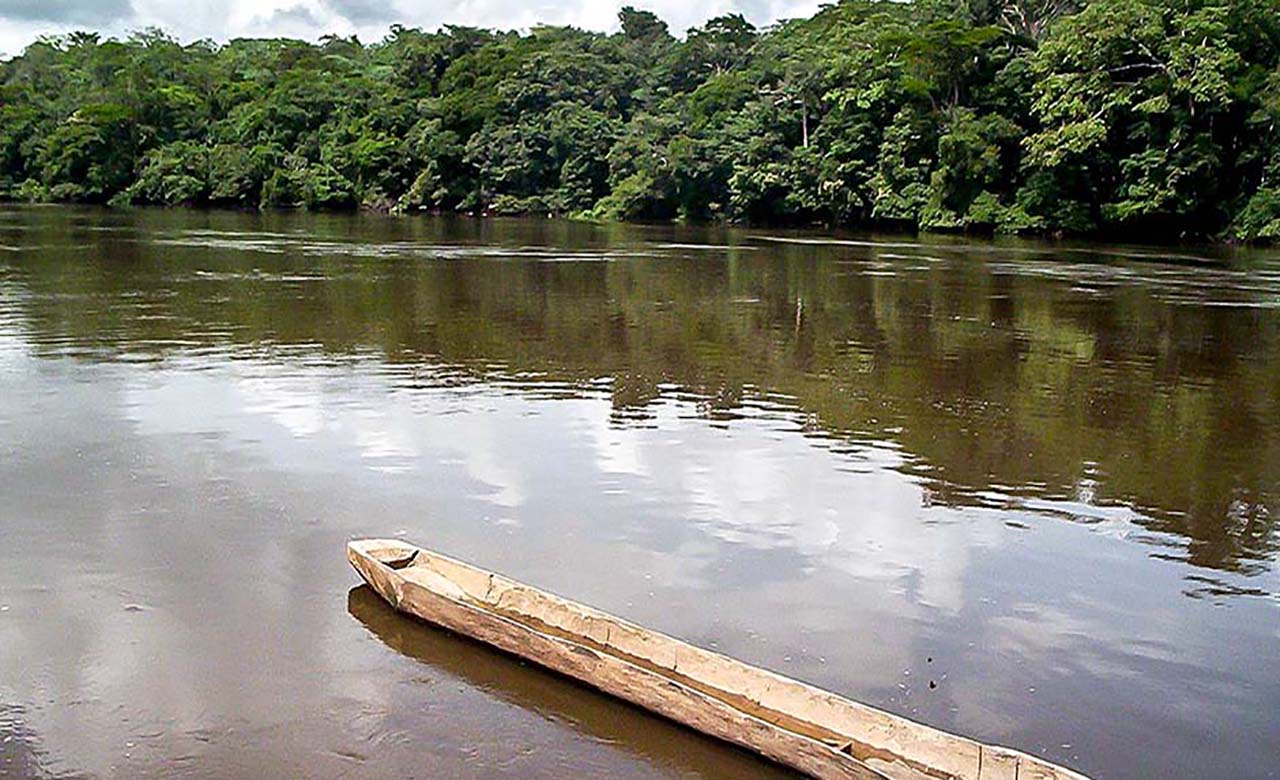
Located between the southern and eastern regions, the Dja reserve was created in 1950 and covers an area of nearly 526,000 ha. The Dja reserve is an integral part of the dense humid forests that make up the Congo Basin with a wealth of incredible animal and plant species. This vast ensemble constitutes one of the largest and best protected humid forests in Africa, 90% of its area is intact. The reserve is practically surrounded by the Dja river, which forms its natural limit and from which it takes its name. The reserve is especially remarkable for its biodiversity
and for the great variety of primates that live there. Due to the diversity of its species and its state of conservation, Unesco decided in 1987 to include it as a World Heritage Site. Together with Odzala-Kokoua National Park (Republic of Congo) and Minkébé National Park (Gabon), it forms the TRIDOM or TRInationale of Dja. Nature lovers will be delighted to discover a remarkable natural wonder of Africa and Cameroon in particular.
Climat
The tropical climate is characterized by an alternation of 4 seasons, including two rainy seasons and two dry seasons. A rainy season from September to November, a dry season from November to March, a rainy season from March to June and a dry season from July to August. Its relative humidity varies between 60 and 90% while the annual precipitation is 1500 mm. Average monthly temperatures range from 23.1 ° C to 25 ° C, with an annual average of 24 ° C.
Flora
The natural vegetation consists of evergreen semi-deciduous and Atlantic forests. The forest is severely degraded around the tracks, due to pressure from housing and agriculture. Industrial logging is highly developed in the region, which is home to five industrial logging companies. These companies actively exploit a large number of logging concessions. Rainfall is very abundant there, so it has favored marshy environments and the specific plants that grow there such as Raphia palms.
Fauna
Of exceptional universal value, the reserve is especially remarkable for its biodiversity, it is home to 107 species of mammals, including a few endangered species, including the African forest elephant (Loxodonta africana), estimated to be around 420 specimens, the bongo, the giant pangolin, the leopard, around 14 species of primates including several endangered like the western lowland gorilla (Gorilla gorilla), the chimpanzee (Pan troglodytes), the white-collared mangabey, the drill and the mandrill. An inventory carried out at the end of 2015 estimated the number of gorillas living in the reserve at around 6,500 individuals and 3,600 chimpanzees. The reserve is also home to more than 60 species of fish and around 360 species of birds including the Gabonese gray parrot (Psittacus erithacus) and the world’s largest population of Cameroon picathartes (Picathartes oreas) which are two endangered species.
Populations
Five ethnic groups coexist in the district of Djoum (around the Dja reserve): the Baka, the Kaka, the Boulou, the Fang and the Zaman. The Bantu (Boulou, Fang and Zaman) are sedentary people who have settled along the tracks, in villages whose number of inhabitants rarely exceeds 400 people. The Baka are a pygmy tribe, forest people of Central Africa living in Cameroon and Gabon. In the countries covering the Congo Basin, their number is close to 40,000 individuals. They live by hunting, fishing and gathering.They collect forest products such as medicinal herbs, food plants and more. The Baka are considered the oldest forest dwellers in Cameroon. Traditionally, they live in small encampments in the forest and their life is strongly linked to the exploitation of forest resources. Agriculture and commercial hunting are prohibited there, but traditional hunting is authorized for the pygmy populations because it is their main means of supplying animal proteins.
Lobeké National Park
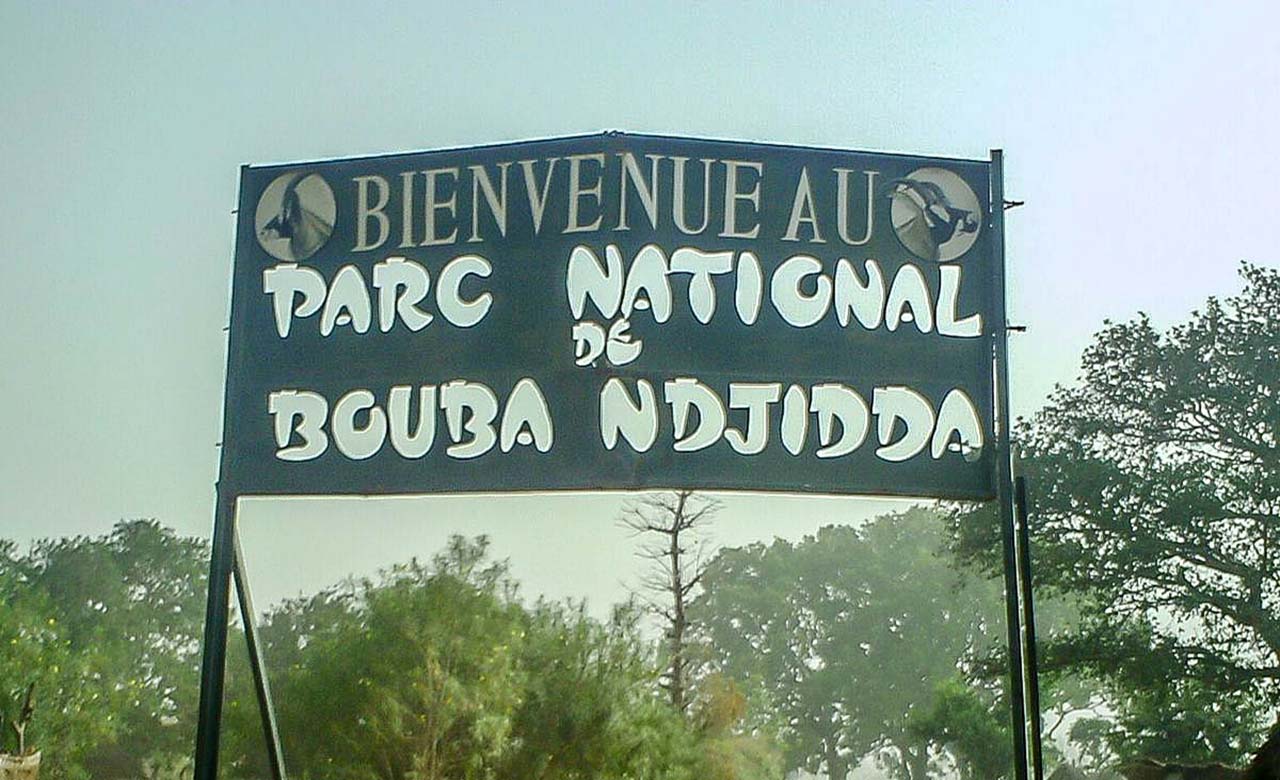
Adventure Tourism
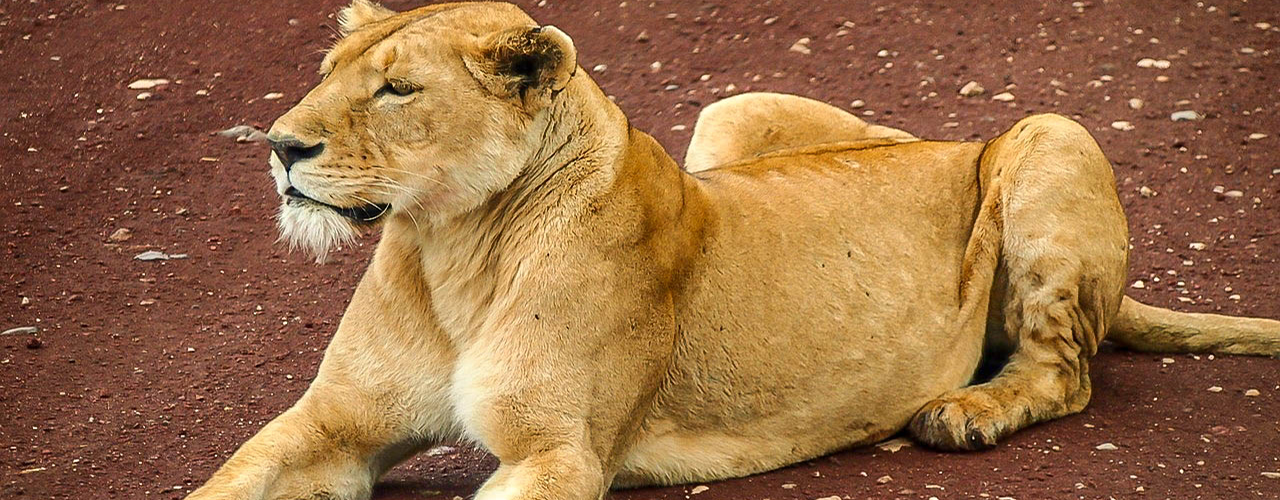
Photo Safari
The parks of the East are characterized by clearings and observation towers from which the animals and birds can be observed while taking pictures. Images and great shots are also offered to visitors in small and large savannahs including Lobeké National Park.
Other attractions
In addition to national parks, nature reserves and ecotourism sites, this region offers many other attractions. One can observe beautiful waterfalls and lakes scattered throughout the region and mountain ranges that offer several options for trekking. One can also observe hippo’s ponds such as those from Ndedele and Lala, colonial vestiges spread in the area, Pygmies encampments and much more.
